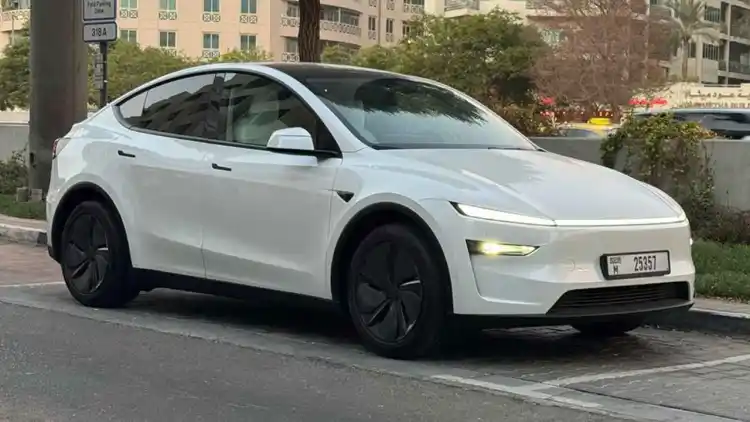- Essential Driving Techniques for Desert Adventures
- Maintenance Musts for Your Range Rover
- FAQ
Ready to conquer the Arabian sands in your Range Rover? This guide shares essential tips for unforgettable desert drives, from mastering dunes to keeping your luxury SUV in top shape.
Key Advantages for Desert Driving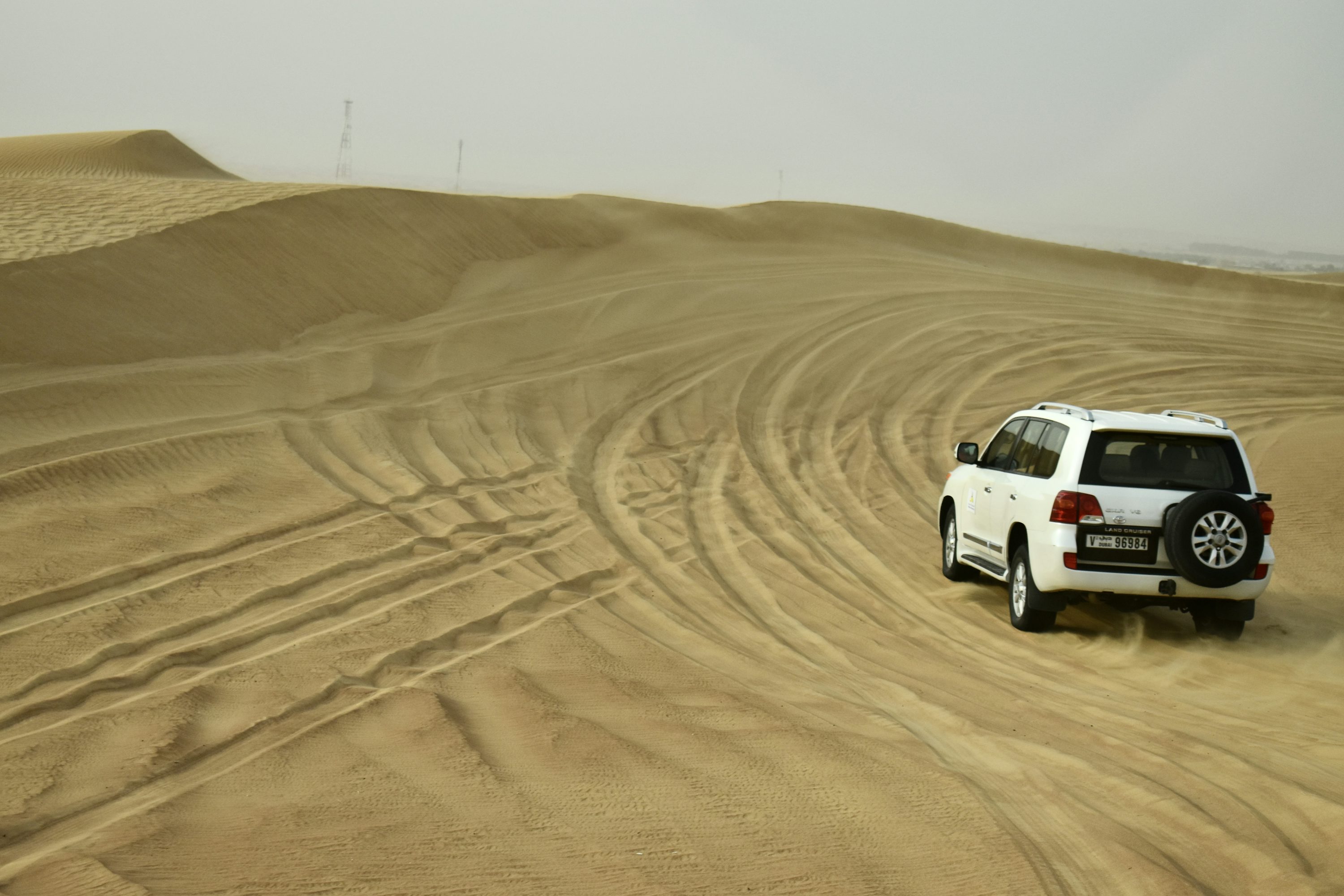
The Range Rover is more than just a luxury vehicle; it's a capable machine built for tough conditions. When you think about driving in the Gulf region, especially off-road, a Range Rover truly shines. Its design and technology make it a top choice for tackling the unique challenges of Arabian terrains.
Unmatched Off-Road Capability
Modern Range Rover models are engineered to perform incredibly well when the paved road ends. They bring a suite of advanced features that help you navigate difficult landscapes with ease and confidence. This off-road performance is a key reason why Range Rover is so popular for desert adventures.
Here's what makes them stand out:
Advanced Terrain Response® 2.0 system: This smart system automatically adjusts your Range Rover's engine, gearbox, differentials, and suspension settings. It adapts to different surfaces like sand, rocks, grass, gravel, and snow, making off-road driving simpler and safer. You just select the terrain mode, and the car does the hard work.
Configurable air suspension: This allows you to raise or lower the vehicle's height. It's super useful for increasing ground clearance, especially when you need to drive over large obstacles or deep ruts in the desert. You can get up to an impressive 11.6 inches of clearance, which helps avoid getting stuck.
Wade sensing technology: Unexpected water can be a big problem in the desert, especially after sudden rains leading to flash floods. This technology uses sensors to tell you how deep the water is around your vehicle, helping you decide if it's safe to cross. It adds a layer of safety when encountering unexpected water crossings.
Climate-Adapted Comfort
Driving in the Gulf region means dealing with high temperatures. Range Rover understands this and includes specialized features designed to keep you and your passengers comfortable, even when the sun is blazing outside. These climate-adapted features are essential for long drives or when stuck in traffic under the intense heat.
Look for these thoughtful additions:
Refrigerated console compartments: These built-in coolers are perfect for keeping drinks, snacks, or even medicines cool during your journey. It’s a small luxury that makes a big difference in hot climates.
UV-reducing panoramic roof glass: The sun can be intense. This special panoramic roof glass helps block harmful UV rays and reduces heat buildup inside the cabin, keeping the interior cooler and protecting you from glare.
4-zone cooled front and rear seats: Beyond just air conditioning, many Range Rover models offer cooled seats. This feature blows cool air through perforations in the seat, providing instant relief and comfort on hot days. It's a real blessing during long desert drives.
Essential Driving Techniques for Desert Adventures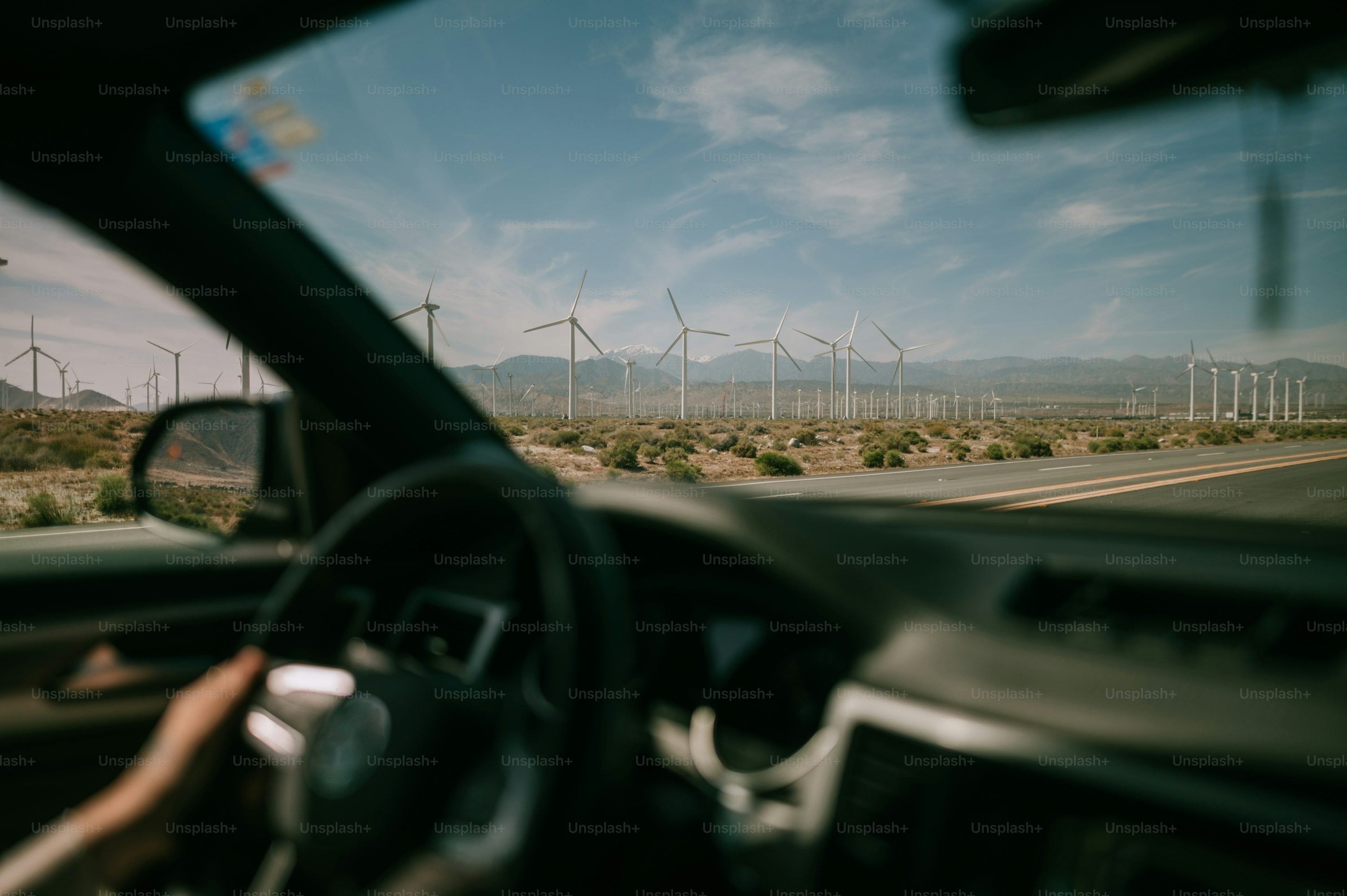
Driving a Range Rover in the desert is a unique experience. While the car is highly capable, understanding some core driving techniques will make your off-road adventures safer and much more enjoyable. These tips are vital for navigating sand and handling unexpected situations.
Sand Navigation Basics
Driving on sand is very different from driving on paved roads. You need to adjust your driving style to prevent getting stuck and to maintain control. Here are some basic rules for conquering the dunes:
Situation | Recommended Action |
|---|---|
Soft dunes | Reduce tire pressure by about 20%. For example, if your normal road pressure is 35 PSI, drop it to around 28 PSI. This increases the tire's contact patch with the sand, giving you more floatation and grip. Remember to reinflate your tires once you are back on hard surfaces. |
Hard-packed sand | On firm sand, you can maintain a more constant speed, usually between 40-60 km/h. This speed range helps you glide over the surface without sinking in. Avoid sudden braking or acceleration, as this can cause you to lose traction or dig into the sand. Keep a smooth, consistent rhythm. |
Uphill climbs | Approach dunes with enough momentum. Carry a steady speed, but avoid trying to power through them aggressively. Too much speed can cause you to jump or lose control at the crest. |
Downhill descents | Go slow and steady. Use a low gear and let the engine braking help control your speed. Avoid heavy braking, which can cause the front wheels to dig in. Let gravity work with you, maintaining careful control. |
Getting stuck | If your wheels start to spin, stop immediately. Trying to power out will only dig you in deeper. Clear sand from around the tires and use recovery boards if available. If stuck, try gently rocking the vehicle by alternating between drive and reverse, but stop if wheels spin. In more serious situations, a kinetic rope with another vehicle can be used, but only by experienced individuals or professionals. |
Emergency Protocols
Even with the best preparation, unexpected situations can arise in the desert. Being prepared for emergencies is crucial for your safety and the longevity of your Range Rover during Arabian excursions. Always carry essential recovery gear and know how to use it.
Here’s what you should always have with you and what to do:
Carry recovery boards & kinetic rope: These are non-negotiable for desert driving. Recovery boards (often called sand ladders or traction boards) provide grip when your tires sink. A kinetic recovery rope helps pull a stuck vehicle out safely because it stretches and stores energy.
Program local emergency numbers: Make sure you have emergency contact numbers saved on your phone. This includes local police, rescue services, and perhaps your vehicle's roadside assistance. Knowing who to call can save crucial time.
Learn basic dune recovery techniques: Before you head out, watch some videos or even take a brief off-road driving course. Understanding how to use your recovery gear, how to safely deflate/inflate tires, and how to gently rock a vehicle free can prevent a minor incident from becoming a major problem.
Inform someone of your route: Always tell a friend or family member your planned route and expected return time. This way, if you don't check in, they can alert authorities and help locate you.
Pack a comprehensive emergency kit: Include a first-aid kit, a high-visibility vest, a shovel, and some basic tools. Don't forget long-lasting snacks and plenty of water even for short trips.
Maintenance Musts for Your Range Rover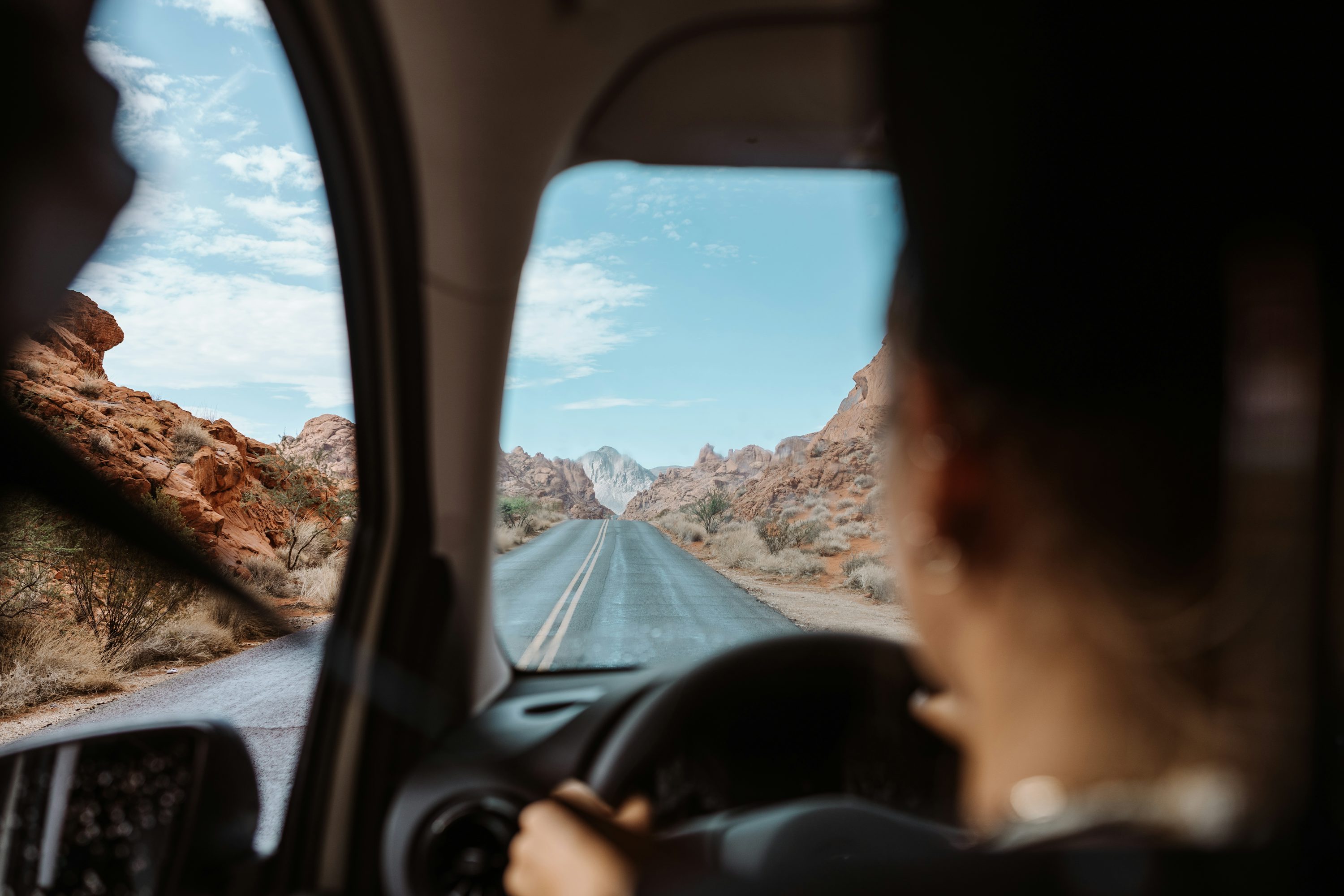
Maintaining your Range Rover, especially after driving in the harsh Arabian desert, is key to its longevity and performance. Desert conditions put extra strain on certain parts of your vehicle, so a slightly different approach to maintenance is needed.
Desert-Specific Care
The unique environment of the Gulf region requires a few extra steps in your regular vehicle maintenance routine. Fine sand, dust, and extreme heat can quickly affect your Range Rover's sensitive components.
Here are some critical maintenance points for desert conditions:
Clean air filters weekly: Desert dust is very fine and can quickly clog your engine's air filter. A clogged filter reduces engine performance and fuel efficiency. Check it weekly, especially after off-road trips, and clean or replace it more often than recommended for on-road driving.
Use silica-based cabin air purifiers: Beyond just the engine, the air inside your cabin can also get dusty. Silica-based cabin air filters are designed to capture more fine particles, ensuring the air you breathe inside is clean and free of allergens.
Apply rubber protectant to seals: High temperatures and constant exposure to sunlight can dry out rubber seals around doors, windows, and under the hood. Using a rubber protectant regularly helps keep these seals flexible and prevents cracking, ensuring dust and water stay out.
Check cooling system: The extreme heat puts a lot of stress on your engine's cooling system. Regularly inspect coolant levels and hoses. Ensure your radiator is clean and free of sand buildup.
Inspect tires frequently: Beyond just air pressure, check your tires for cuts, bulges, or embedded objects after every desert adventure. Sidewall damage from rocks or sharp objects can lead to dangerous blowouts.
Recommended Upgrades for Your Desert-Ready Range Rover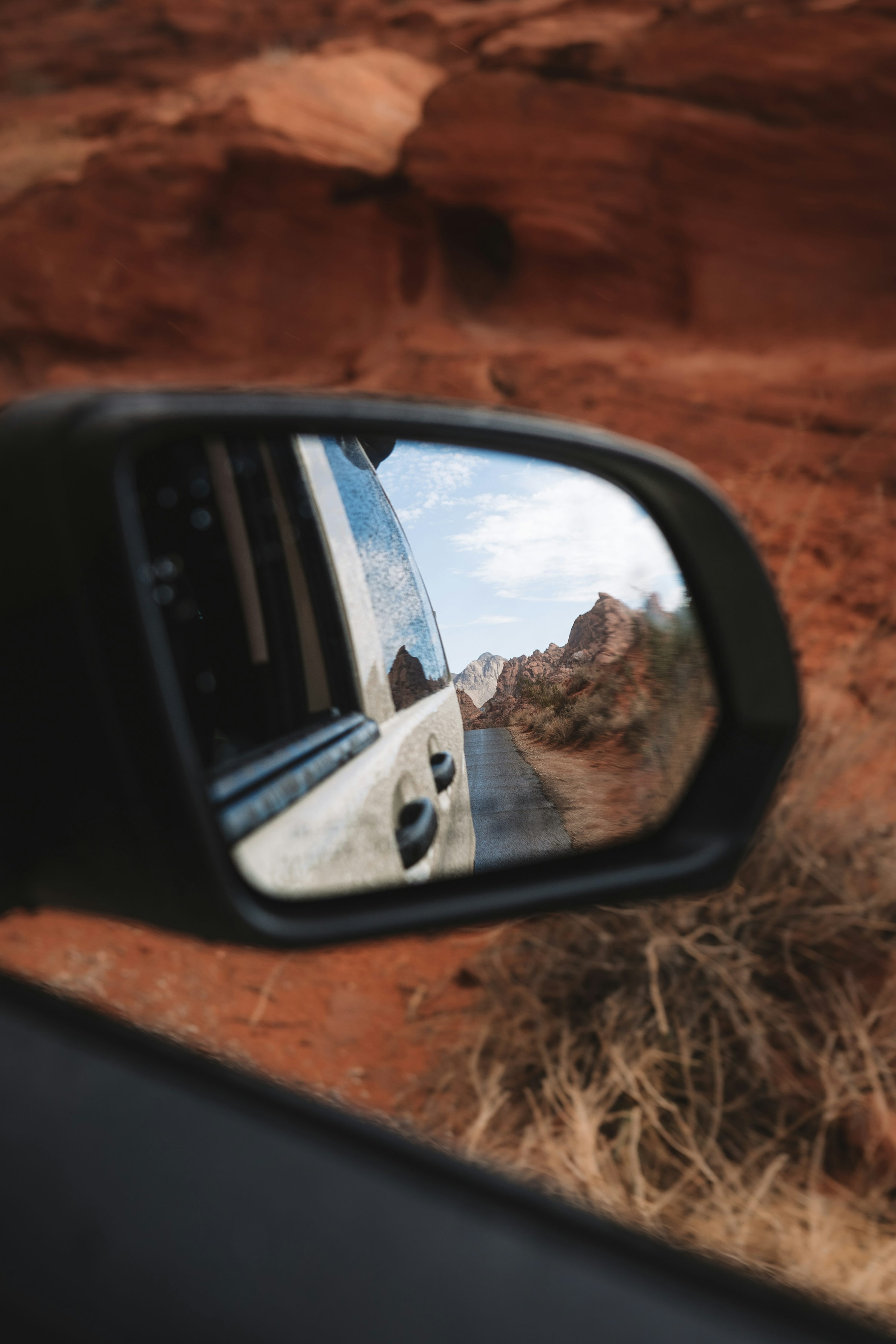
Many Range Rover owners in the Gulf region like to customize their vehicles for even better performance and comfort in desert environments. These modifications can greatly enhance your luxury SUV experience. However, always ensure any upgrades comply with local regulations.
Popular local modifications include:
Auxiliary LED light bars: For driving at night in the desert, extra light is crucial. High-quality LED light bars, typically ranging from 6,000 to 8,000 lumens, provide excellent visibility, helping you spot obstacles or wildlife from a distance. A good quality light bar can cost between 500 AED / 500 SAR and 2,500 AED / 2,500 SAR, depending on size and brand.
Sand-resistant brake pad variants: Standard brake pads can wear down quickly with constant exposure to sand. Specialized brake pads are designed to withstand abrasive conditions better, offering improved durability and consistent braking performance in sandy environments.
Ceramic-coated exhaust components: Sand and heat can corrode standard exhaust systems. Ceramic coatings provide a protective layer that helps resist corrosion and reduces heat dispersion, which can be beneficial in extreme temperatures.
Underbody protection plates: Adding skid plates or underbody protection can save expensive components like your oil pan, transmission, and fuel tankKSA TankUAE TankBahrain TankEgypt TankKuwait TankOman TankQatar Tank from damage when traversing rocky or uneven terrain. These can be particularly valuable for ambitious off-road excursions.
Upgraded suspension components: For those who frequently tackle very rough terrain, heavier-duty shocks or springs can provide better damping and increased durability than standard components.
FAQ
Here are answers to some common questions about driving your Range Rover for desert adventures in the Arabian Peninsula.
Q:Which Range Rover model works best for desert drives?
A:The full-size Range Rover and Range Rover Sport variants generally offer optimal ground clearance, robust cooling systems, and advanced off-road technologies like Terrain Response. These features make them excel for extended desert use and challenging Arabian terrains.
Q:How often should I service my SUV in arid climates?
A:Most automotive specialists in the region recommend servicing your Range Rover at shorter intervals than standard, typically every 8,000-10,000 km. There should be a strong emphasis on air intake, filtration systems, and cooling system checks due to dust and heat.
Q:Are aftermarket modifications legal in the region?
A:Many cosmetic upgrades and certain performance enhancements are permitted. However, it's crucial to consult local authorities, like the RTA in Dubai or similar departments, before altering major vehicle components like exhaust systems, suspension, or engine performance to ensure compliance and avoid fines.
Q:What emergency items should I always carry for desert driving?
A:Maintain a comprehensive kit. This should include at least 10 liters of emergency water, a satellite communicator (mobile phones often lose signal), tire repair plugs, a portable air compressor for re-inflating tires, a shovel, and quality recovery boards. A first-aid kit is also highly advised. Don't forget a fully charged power bank for your phone.
Read More:
2025 Honda Civic 2008 Tyre Size Guide: Choices & Tips




